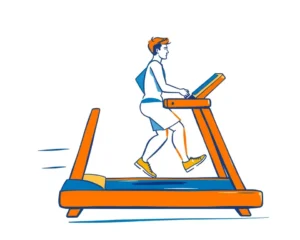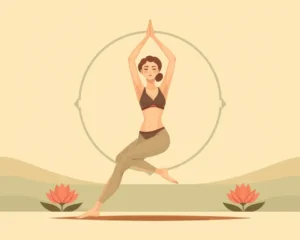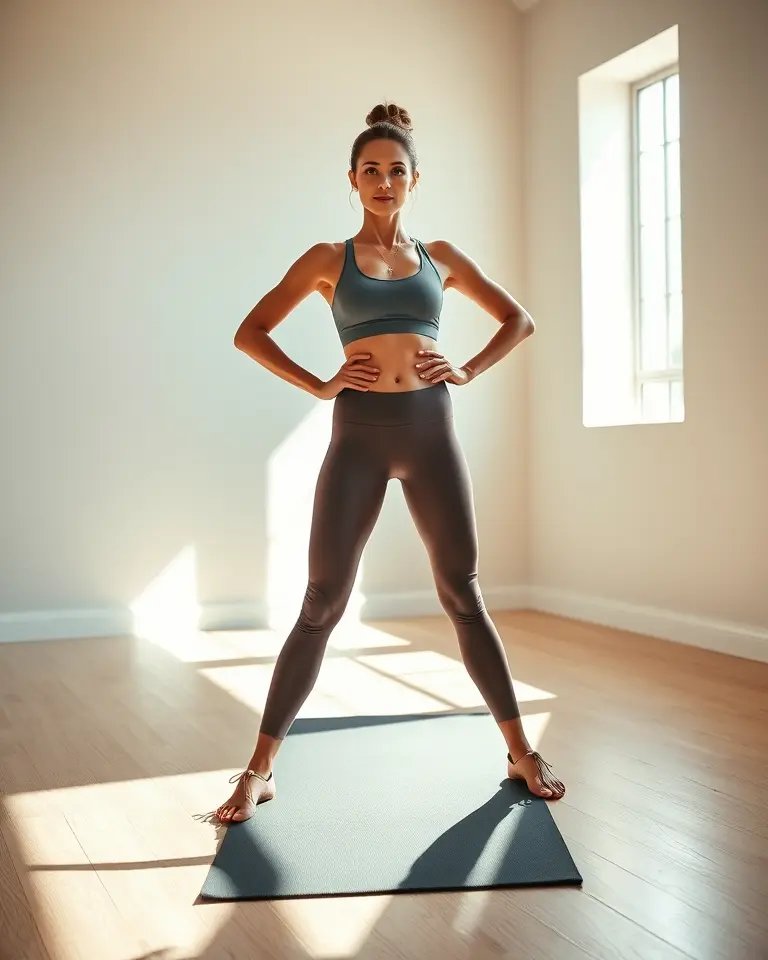A strong core is the foundation of overall fitness, impacting everything from posture to athletic performance. It’s more than just having visible abs; it’s about the deep network of muscles that stabilize your spine and pelvis, enabling you to move efficiently and powerfully. Fitness enthusiasts, like Jamie, emphasize that a robust core is essential for daily activities and injury prevention. Let’s delve into the world of core training with Jamie’s expert insights.
Understanding Your Core
The core is not just your abdominal muscles. It’s a complex group of muscles that includes your:
- Transversus abdominis: The deepest abdominal muscle that acts like a corset, providing stability.
- Rectus abdominis: The “six-pack” muscle, responsible for flexing the spine.
- Internal and external obliques: Muscles on the sides of your torso, which help with rotation and lateral movements.
- Erector spinae: Muscles that run along your spine and help with extension.
- Multifidus: Small muscles along the spine that provide support and stability.
- Pelvic floor muscles: These support the organs in the pelvis and contribute to core stability.
These muscles work together to stabilize your spine, transfer force between your upper and lower body, and provide a strong foundation for all your movements. A strong core enhances balance, stability, and overall bodily control.
Benefits of a Strong Core
Training your core offers numerous advantages:
Improved Posture
A strong core supports your spine, which helps maintain an upright posture, reducing strain on your back and neck. Good posture not only looks better, but it also helps prevent pain and discomfort.
Enhanced Balance and Stability
Whether you’re an athlete or someone doing everyday tasks, a strong core is vital for balance and stability. It allows you to move with greater control and reduces the risk of falls.
Reduced Risk of Injuries
A weak core can lead to lower back pain, muscle injuries, and poor movement patterns. Strengthening your core muscles helps prevent these issues by stabilizing your spine and pelvis.
Better Athletic Performance
Many sports and physical activities depend on stable core muscles. A strong core enables more efficient movements, improved power, and greater endurance. For example, runners with strong cores experience less fatigue and fewer injuries.
Increased Agility in Everyday Life
Everyday movements like bending, lifting, and twisting become easier and safer with a strong core. This makes daily tasks less strenuous and more enjoyable.
Improved Breath Control
Core muscles play a role in breathing. Strengthening these muscles can improve breathing mechanics, especially during exercise.
Reduced Back Pain
A strong core helps support the lower back, alleviating and preventing pain. Core exercises can improve posture and reduce the risk of back injuries.
Core Exercises with Jamie’s Approach
Jamie’s approach to core training focuses on engaging the muscles properly rather than just going through the motions. Here are some core exercises that you can incorporate into your routine, keeping Jamie’s principles in mind:
Planks
The plank is a full-body exercise that targets your core effectively.
How to do it: Start on all fours, with your hands below your shoulders and your knees below your hips. Straighten your legs behind you, keeping your feet hip-width apart. Tighten your core, keeping your body in a straight line from head to heels. Hold for 10 to 30 seconds, repeating 3 to 5 times. Ensure your hips don’t sag or rise too high.
Bridges
Bridges strengthen your glutes and core.
How to do it: Lie on your back with your knees bent and feet flat on the floor. Keep your back neutral, not arched or pressed into the floor. Tighten your stomach muscles and raise your hips off the floor until they line up with your knees and shoulders. Hold for three deep breaths before returning to the starting position. Repeat this exercise several times.
Dead Bugs
This exercise focuses on core stability and coordination.
How to do it: Lie on your back with your arms extended towards the ceiling and your knees bent at 90 degrees above your hips. Slowly lower one arm towards the floor behind your head while simultaneously extending the opposite leg towards the floor. Focus on keeping your lower back pressed into the floor. Alternate sides, focusing on controlled movements.
Crunches
Crunches can be effective when done properly.
How to do it: Lie on your back with your knees bent and feet flat on the floor. Place your hands behind your head or across your chest. Engage your core and lift your head and shoulders off the floor, squeezing your abs. Avoid pulling on your neck. Slowly lower back down, and repeat.
Stability Ball Exercises
Using a stability ball can enhance core activation.
How to do it: Try exercises such as:
- Ball rollouts: Kneel in front of the ball, place your forearms on the ball, and slowly roll the ball forward as you extend your body.
- Ball passes: Lie on your back, hold the ball with your hands, extend arms overhead then bring the ball forward and pass it to your feet.
Yoga and Pilates
Yoga and Pilates are great for core strength, flexibility, and balance. These practices require the use of your core muscles, building strength and helping with balance and flexibility.
Common Core Training Mistakes and How to Fix Them
Even with proper exercises, it’s easy to make common mistakes that reduce effectiveness and increase injury risk. Here are some mistakes to avoid, with solutions:
Overworking the Abs
Focus on engaging the entire core, not just the abs. Doing too many crunches can cause muscle imbalances. Integrate exercises that target all core muscles.
Arching the Back
Avoid arching your back while doing core workouts like planks or dead bugs. Keep your spine neutral by engaging your core and glutes.
Not Engaging Pelvic Muscles
Engage your pelvic floor muscles during core exercises. This helps stabilize the pelvis and spine.
Holding Your Breath
Breathe correctly throughout the exercises. Exhale during the exertion phase and inhale during the relaxation phase. Proper breathing enhances core activation.
Focusing on Outstretching Instead of Stabilizing
In exercises like dead bugs, prioritize core stabilization and keeping your back flat against the floor over how far you can reach with your arms and legs.
Neglecting Compound Movements
Don’t rely solely on core isolation exercises. Include compound movements like squats and deadlifts which engage multiple muscle groups, including the core, for overall strength.
Improper Form
Pay close attention to proper form rather than just completing repetitions. This ensures you are targeting the right muscles effectively and safely.
Ignoring Injuries
If you experience pain, stop the exercise and consult a professional. Pushing through injuries can worsen the condition.
Using Momentum
Avoid using momentum to complete reps. Focus on using core strength for each movement.
Jamie’s Additional Tips
Jamie emphasizes that a holistic approach to core strength includes:
- Consistency: Regular core training is key to seeing results. Aim for at least three sessions per week.
- Proper Warm-up: Before starting your core workout, do a proper warm-up to prepare your muscles.
- Progression: Gradually increase the intensity or duration of your workouts as you get stronger.
- Listen to your body: If you experience any pain, stop the exercise. It is crucial to avoid overexertion and injuries.
- Mindful Movement: Focus on the muscle engagement during every exercise and aim for precision.
By understanding the importance of a strong core, using effective exercises, and avoiding common mistakes, you can enhance your overall fitness with Jamie’s expert guidance. Remember, a strong core is not just about aesthetics but also about functionality, stability, and injury prevention.







